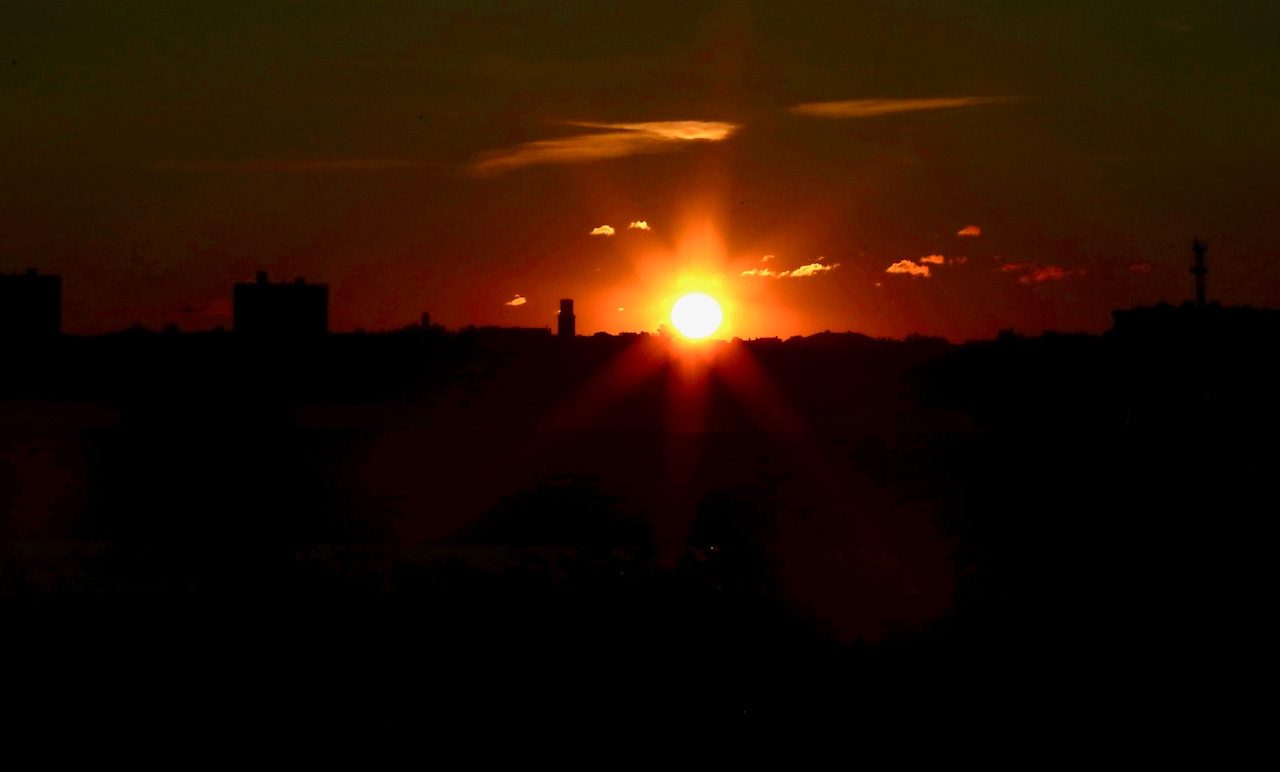The Earth will reach its farthest point from the sun on Thursday, July 3, according to Timeanddate.com
This event, known as aphelion, happens once per year typically around two weeks after the summer solstice in June. Although the Earth’s distance from the Sun does not affect the seasons, aphelion does influence the length of summer in the Northern Hemisphere.
Because Earth moves in an elliptical orbit around the sun, being further away means it travels slower along its orbit. This increases the time it takes to get from the solstice, the beginning of summer, to the equinox, the end of summer, effectively making the season longer in the Northern Hemisphere, according to Timeanddate.com.
On Thursday, Earth will be over 94.5 million miles away from the sun. On average the planet sits at 93 million miles away, according to Earthsky.com.
